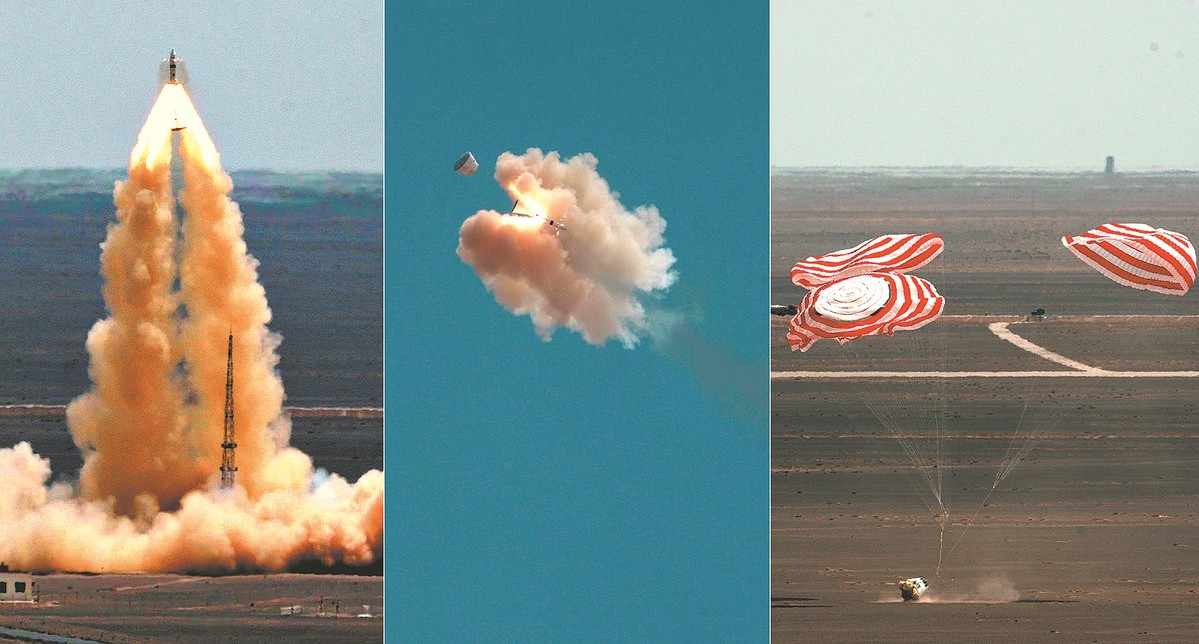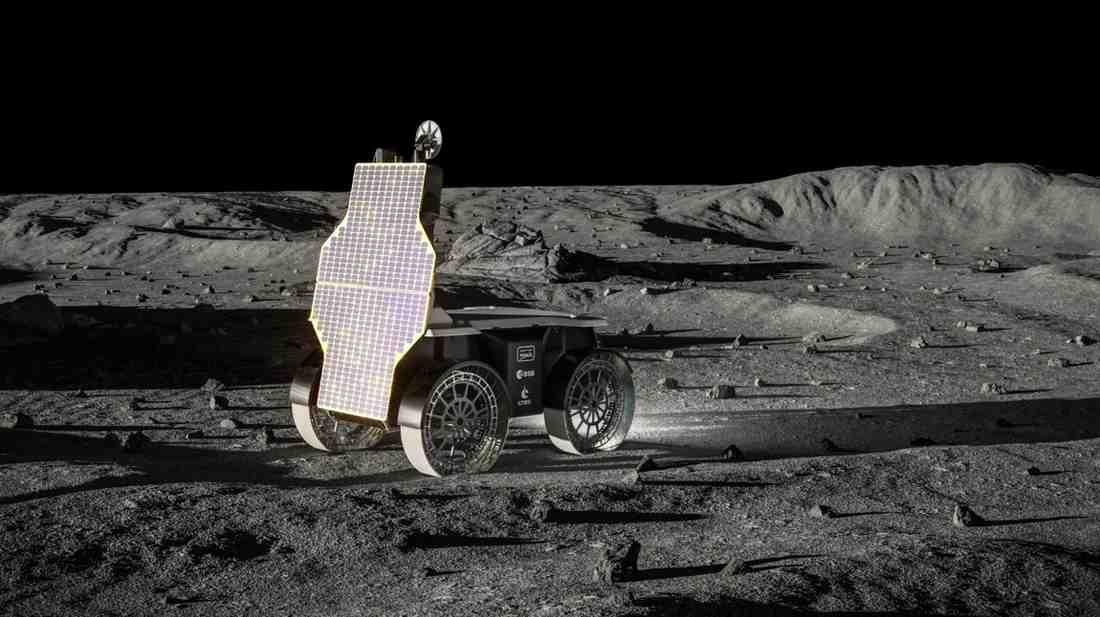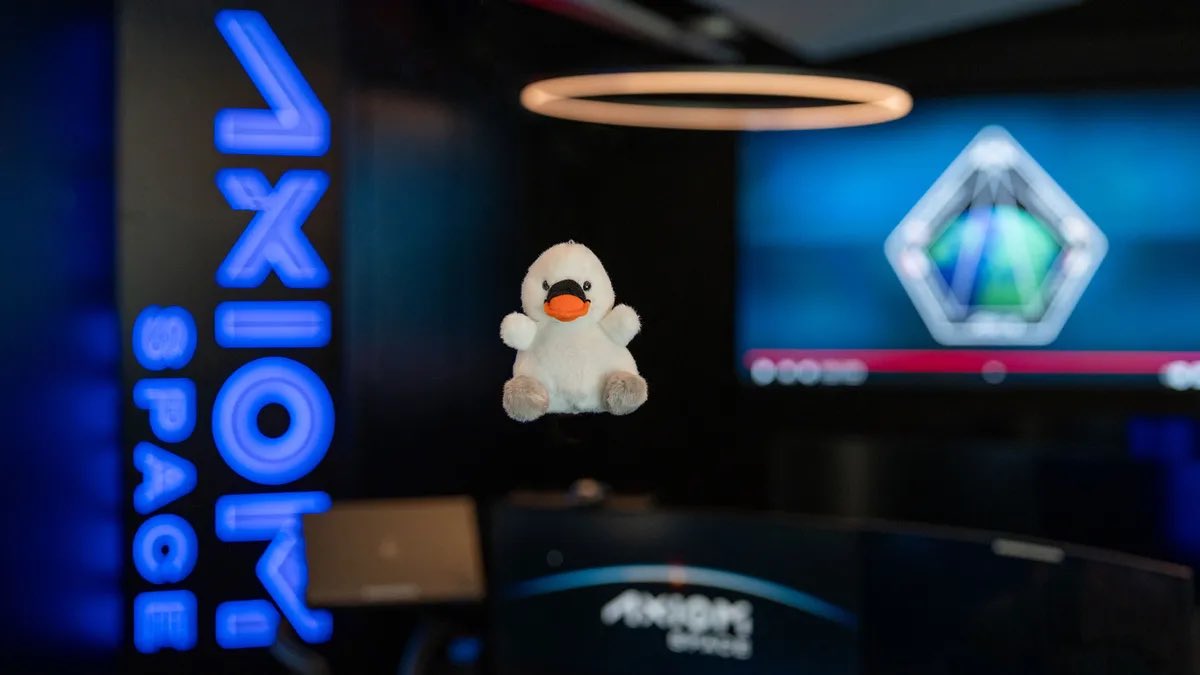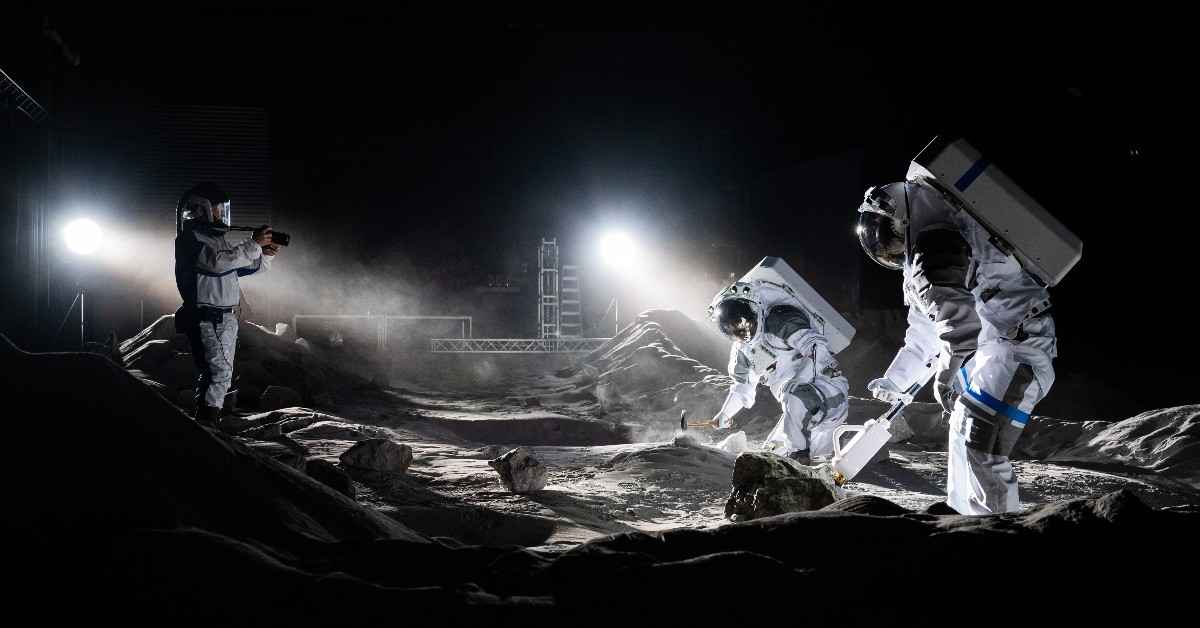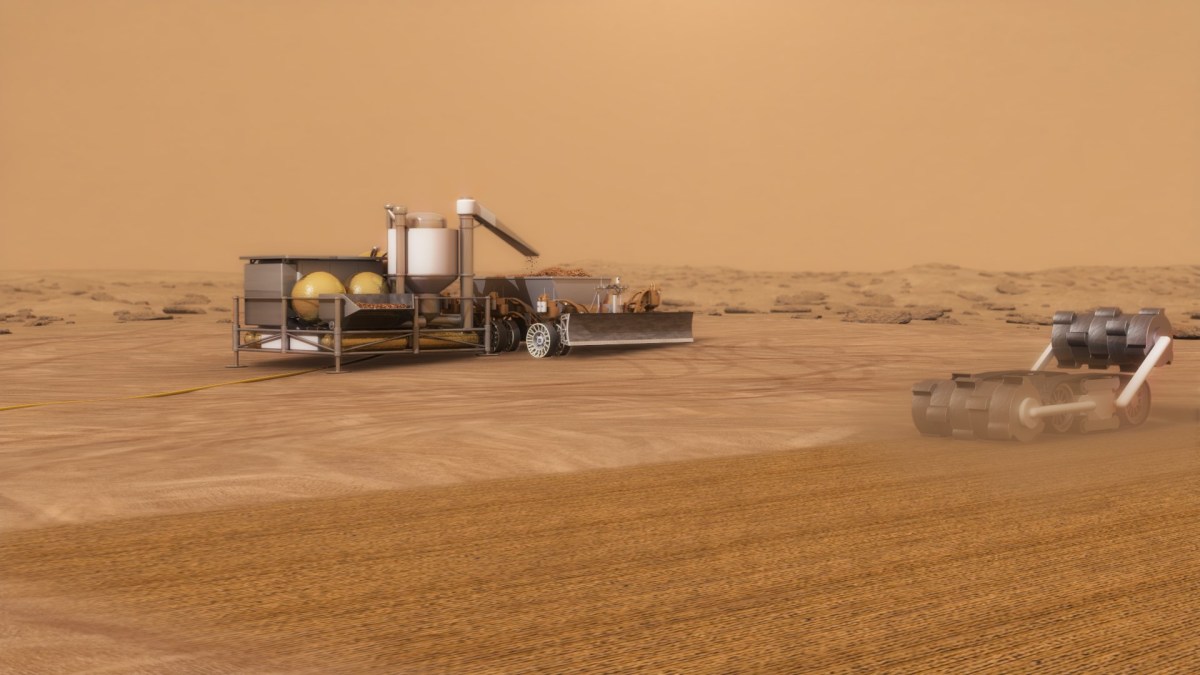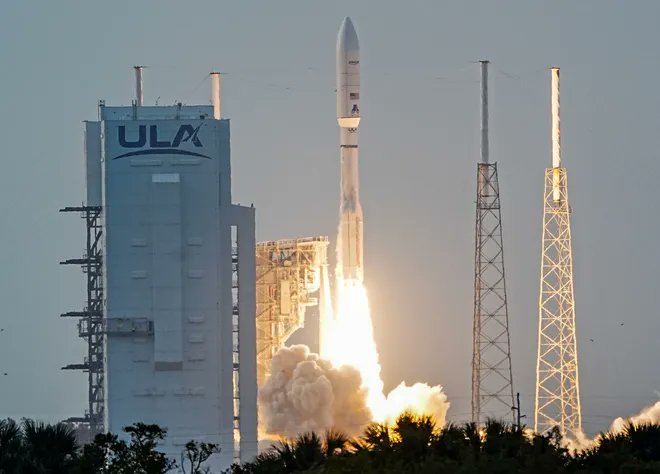Honda launches reusable rocket. has successfully tested a prototype of its reusable launch vehicle, marking the company’s bold entry into commercial space technology and orbital access solutions.
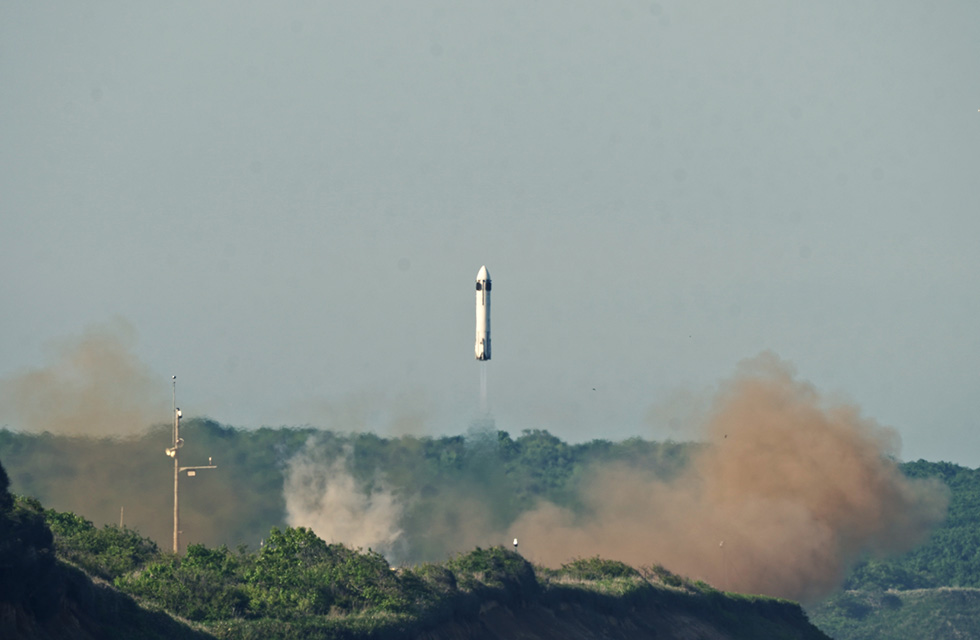
Honda Launches Reusable Rocket Prototype in Breakthrough Space Technology Test
Tokyo, June 2025 — Japanese automaker Honda Motor Co. has successfully conducted the first flight test of its reusable rocket prototype, marking a major step in the company’s growing ambitions within the global commercial space industry.
The test flight, carried out at a secure site in Japan, demonstrated the rocket’s vertical takeoff, controlled flight, and soft landing capabilities, key elements of any reusable launch system. Honda is now among a small number of private companies worldwide working on cost-effective orbital access through reusable rocket technology.
Pioneering Rocket Development Beyond Automotive Innovation
Honda, long known for its engineering precision in automotive and robotics, announced in recent years its intention to develop small-scale rockets capable of launching micro and small satellites into low Earth orbit (LEO). The company’s reusable rocket program is part of a broader innovation roadmap that includes robotics, AI, and sustainable energy technologies and now Honda launches reusable rocket.
According to the company, the rocket prototype is:
Fully autonomous in its flight control and landing
Designed for vertical takeoff and landing (VTVL) similar to SpaceX’s Falcon 9
Engineered for multiple reuses, reducing the cost per launch
Details of the Test Flight
The successful prototype test included:
Lift-off, hover, and altitude stabilization
Lateral movement
Controlled vertical descent
Soft landing using retro-propulsion
This flight did not carry any payload, as it was a technical demonstration of vehicle performance and recovery systems. Honda plans to follow up with high-altitude tests and eventually orbital missions for small satellite deployments.
Honda Launches Reusable Rocket Why: Reusable Rockets Matter
Reusable rockets are key to reducing launch costs, increasing flight frequency, and enabling a more sustainable presence in space. With the rise of satellite constellations for communication, Earth observation, and defense, there is growing demand for flexible, affordable, and responsive launch solutions.
Companies like SpaceX and Rocket Lab have already established leadership in this field. Honda’s entry introduces Japanese engineering innovation into a rapidly evolving sector that is becoming central to national economies and global connectivity.
Strategic Vision for Space
This test aligns with Japan’s broader strategy to expand its commercial and civil space presence. Honda is reportedly collaborating with JAXA (Japan Aerospace Exploration Agency) and private satellite developers to create a vertically integrated launch ecosystem.
A future version of Honda’s reusable rocket may also integrate robotics platforms developed through its ASIMO legacy and AI-guided control systems, which the company has refined through autonomous vehicle research.
Honda Launches Reusable Rocket, Now What’s Next?
Honda is expected to conduct higher-altitude test flights later in 2025 and potentially attempt orbital demonstration missions by 2027. While it currently focuses on small payload delivery, the company may explore scaling up to accommodate larger commercial and governmental space missions.
This successful test not only strengthens Japan’s commercial space credentials but also signals Honda’s long-term commitment to mobility beyond Earth.
You May Also Like This:-
https://x.com/HondaJP/status/1934940854247997745?t=YSkrdB3Pr7alwpVb8DJYfg&s=19
Detailed FAQs: Honda Launches Reusable Rocket Program
Q1. What is the goal of Honda’s reusable rocket development project?
Honda’s goal is to create a cost-efficient, autonomous reusable launch system capable of delivering small payloads—such as micro and small satellites—into low Earth orbit. By developing its own vertical takeoff and landing (VTVL) technology, Honda aims to make space more accessible through sustainable and reusable flight systems.
Q2. Why is Honda, an automotive company, involved in space technology?
Honda has long invested in advanced engineering sectors such as robotics (ASIMO), artificial intelligence, and mobility systems. The reusable rocket initiative is a natural extension of these capabilities. Honda envisions space as a future frontier for mobility, and its participation in this sector supports broader diversification into aerospace, deep technology, and sustainable innovation.
Q3. What exactly was tested during Honda’s latest rocket flight?
In its most recent prototype test, Honda successfully demonstrated the rocket’s ability to:
- Launch vertically
- Stabilize mid-air using onboard flight control systems
- Maneuver laterally
- Execute a controlled, soft vertical landing using retro-propulsion
This test proved that the core systems needed for rocket reuse are functioning as intended.
Q4. How does Honda’s rocket system achieve reusability?
The system is designed with:
- Autonomous flight control software
- Precision landing algorithms
- Throttleable engines for controlled descent
- Landing gear capable of absorbing impact
- Structural resilience for multiple flight cycles
Each of these features allows the rocket to return safely to the ground and be refurbished for future launches, significantly reducing launch costs.
Q5. Where was the test flight conducted, and is Honda working with government agencies?
The test flight was conducted at a private test site in Japan. Although Honda carried out the test independently, the company has expressed intentions to collaborate with the Japan Aerospace Exploration Agency (JAXA) and private satellite operators for future missions. These partnerships would strengthen its commercial and scientific capabilities in space operations.
Q6. What types of payloads will Honda’s rockets be capable of launching?
Initially, the rockets will be designed to launch micro and small satellites into low Earth orbit. These payloads may serve various applications including:
- Remote sensing and Earth observation
- Environmental monitoring
- Communications
- Research and development experiments
- Technology validation for academic institutions or startups
Q7. How does Honda’s rocket compare to competitors like SpaceX or Rocket Lab?
While Honda’s rocket is still in early testing, it uses a similar VTVL concept to SpaceX’s Falcon 9 and Rocket Lab’s Neutron and Electron vehicles. However, Honda is targeting the small payload segment, where there is increasing global demand for flexible and responsive launch options. It differentiates itself through its focus on full autonomy, cost efficiency, and precision engineering.
Q8. What are the future development milestones for Honda’s space program?
Honda’s roadmap includes:
- Higher-altitude test flights throughout 2025 and 2026
- Autonomous flight recovery system refinements
- Launch vehicle integration with real satellite payloads
- Full orbital flight demonstrations by 2027
- Entry into commercial launch services market thereafter
In the longer term, Honda may explore scaling the vehicle or integrating AI-driven robotics for autonomous payload deployment.
Q9. How does this space initiative fit into Honda’s broader corporate mission?
Honda has publicly committed to innovating in fields beyond traditional mobility. The rocket program aligns with its philosophy of expanding human potential, exploring new frontiers, and contributing to sustainable, long-term technological ecosystems. Alongside its work in electric vehicles, hydrogen fuel cells, and robotics, space technology now represents a vital new pillar of Honda’s vision for the future.
You May Also Like This:-
https://spacetime24.com/chinas-mengzhou-spacecraft-moon-mission/

